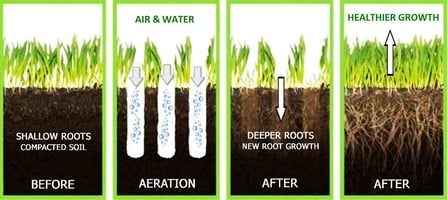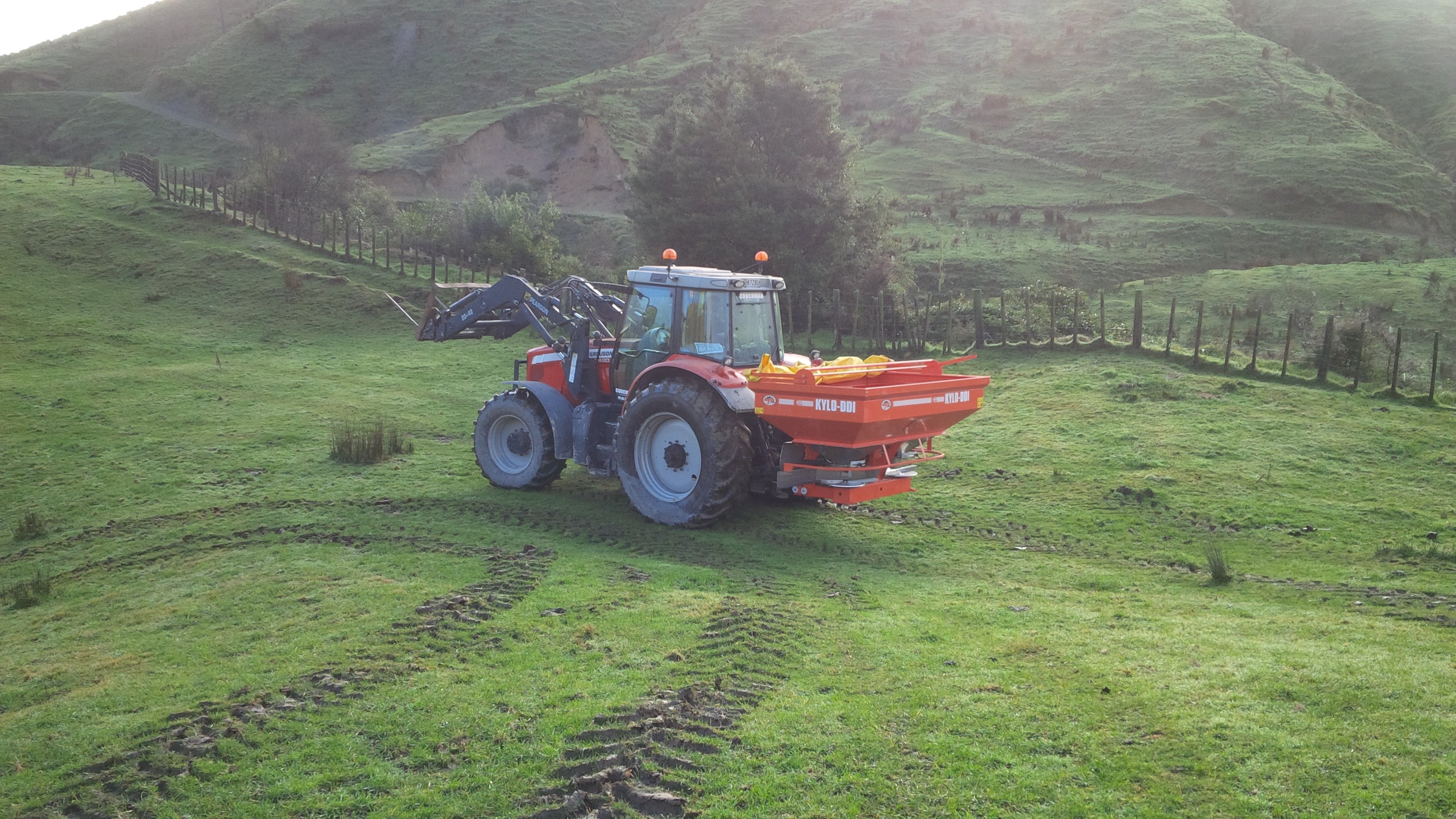Spreading fertilisers doesn't require a great deal of complication, however if you want to achieve maximum results a little effort will take you a long way. Below we have put 5 of the many tips we have gathered from Farmers, Contractors, Spread rate testers & Researchers over the last little while.
1 Choose the right fertiliser
This sounds like a simple one but for some it may be new... actually take the time to find out what fertiliser your crop or pasture needs. By conducting a soil analysis you can understand what fertiliser is actually going to help your crop or pasture the most. One idea is to get in touch with your local consultant and get some expert advice. Your local rural supplies store will generally have someone that can do this. PGG Wrightson have a nation wide network of Technical Field Representatives who can help you find the right fertiliser for your needs. Find a TFR here
2 Insist on new & good quality fertiliser
The quality of your fertiliser can impact your results, not just in terms of the nutrients it contains. In saying this we mean factors such as the age of the fertiliser, the state of the prill & also ensuring the fertiliser is all from the same batch.
Fertiliser can degrade with age so insisting on new product will help ensure you get the biggest bang for buck! this is especially important where fertiliser has been handled a lot causing damage to the prill.
Ensuring the fertiliser is all from the same batch means only doing 1 calibration! Fertiliser characteristics vary from factory to factory & batch to batch, which would mean you need to re calibrate if you have fertiliser from different batches to ensure an even spread pattern.
3 Consider the weather
The weather you spread in is going to have a great impact on the quality of your spreading job... once the prill leaves the spinner vanes its up to gravity, physics & weather conditions to decide where it lands! out of those 3 factors there is one you cannot totally control or calculate... weather!
Weather conditions such as wind, rain, humidity can impact the quality of your spreading pattern. As a general rule if its too windy to spray its also too windy to spread. Rain & humidity can cause the fertiliser to absorb moisture thus affecting flow rates & by extension the application rate! Fertilisers with high amounts of sulphur, lime or gypsum are most at risk from high humidity or dampness.
4 Spreader maintenance
Regularly check your spreader and carry out maintenance as required or dictated by the manufacturers recommendations. Replacing parts as they wear & tear is also essential. Take particular note around the hopper base, apertures, spinner disc & the drive system. If any of these components break down or become compromised it can dramatically change the quality of spread. Take for example if a deposit of granulated fertiliser builds up around the aperture or spinner fin, this can cause the actual flow rate to be lower than it is set too or the spread width to be reduced because of dirty discs & fins. Regular cleaning after every use around these parts will not only extend the life of your spreader but keep the setting accurate.
For information on how to calibrate a fertiliser spreader check out the calculator here: Calibrate a Spreader
5 Subsoil compaction
The state of your sub soil & its level of compaction will determine how much fertiliser actually get to the roots of the crop or pasture where its utilised. If sub soils are compacted from stock or heavy machinery there will be 2 main problems preventing optimal benefit:
- Fertiliser wont get through to the roots in the sub soil. If fertiliser is applied on compacted ground it wont be able to wash into the sub soil as well, resulting in wasted fertiliser & minimal benefit as its prevented from getting where its needs to go.
- Stunted growth. In a highly compacted soil, even when the fertiliser gets to the roots the growth of the pasture or crop will be restricted as the roots cannot develop in the highly compacted environment

So before you spread ensure you consider the compaction level of your soil. If its highly compacted or at risk of preventing maximum benefit of fertiliser ensure you aerate the ground with a sub-soiler first.
Soil aeration equipment for increasing pasture & crop growth can be found here: Soil Aeration Equipment
Loading a bulk fertiliser spreader or seed drill? Check out this blog https://www.rataequipment.com/blog/the-3-best-ways-to-load-seed-drills-and-fertiliser-spreaders



.webp)